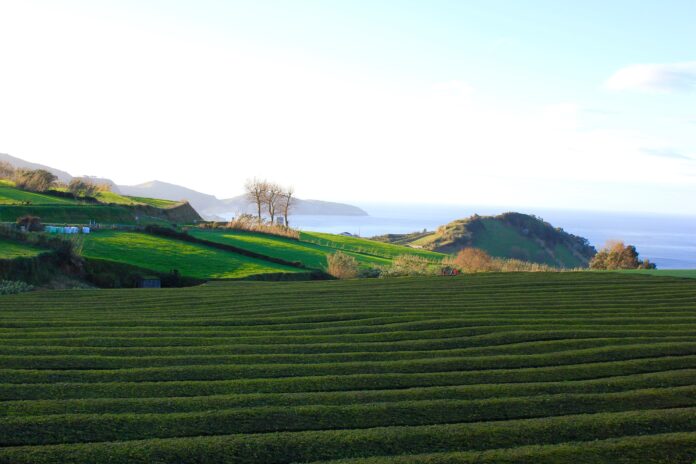We need to know how to interpret and distinguish legends from reality, as well as why these legends exist in the culture of each people and region. Portugal is a country extremely rich in stories, myths, and ancient legends, which inspire customs and superstitions. There are hundreds of Portuguese legends, tales, sayings, and popular beliefs that make our culture so rich and interesting.
Told in the evenings in the cold winters by our ancestors, from werewolves to fairies, witches to mermaids, ghosts and feathered souls to the miracles of saints, there isn’t a creature that our folklore doesn’t include, with the exception, perhaps, of vampires, because this isn’t a subject that is part of our legendary imagination.
But not all Portuguese legends are about creatures and monsters. Many of them reveal lands and people of courage, stories of revenge, justice, impossible loves, and perfect loves, others concern true events but with touches of imagination, probably to increase the dramatic or heroic charge of what really happened.
In fact, legends are such an important part of Portugal’s core that some even precede the country’s history, such as the legend of the Battle of Ourique. The legend goes that shortly before the battle, Afonso Henriques was visited by an old man, whom the man who would become Portugal’s first king four years later believed he had seen in his dreams.
The man gave him a prophetic revelation of victory. He also told him to leave the camp alone the following night, as soon as he heard the bell from the hermitage where the old man lived. The king did so.
It was then that a ray of light illuminated everything around him, allowing him to gradually make out the Sign of the Cross and Jesus Christ crucified. Overcome with emotion, he knelt down and heard the voice of the Lord, who promised him victory in this and other battles. The next day, Afonso Henriques won the battle.
According to legend, King Afonso Henriques then decided that the Portuguese flag would have five shields, or quinas, in a cross, representing the five vanquished kings and the five wounds of Christ.
There are so many myths that have shaped this country that it would be impossible and unfair to contain them all in a single article, so I’ve decided to create a series that will cross the country from north to south. In this article, we’ll visit the legends that have the Azores and Madeira, Portugal’s two archipelagos, as their backdrop. Let’s get to it!
Legend of Nossa Senhora do Monte
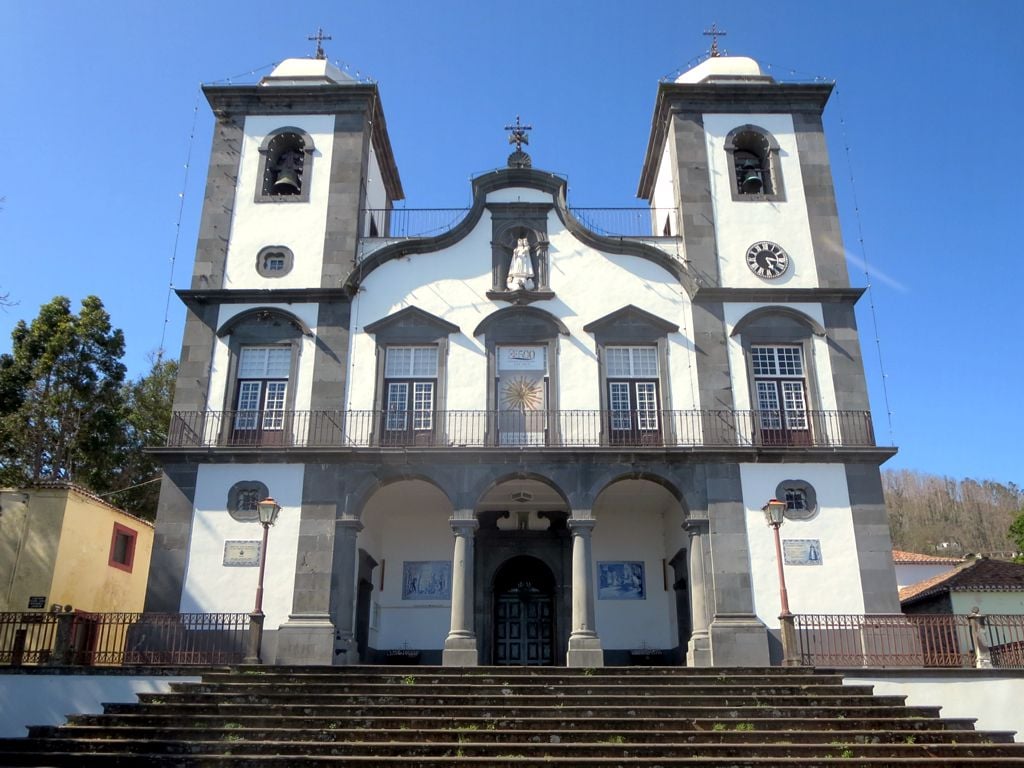
It is said that at the end of the 15th century, about a kilometer above the church of Nossa Senhora do Monte, in the town of Terreiro da Luta, a little girl was playing in the afternoon with a shepherdess. The shepherdess offered the little girl a snack.
The little girl, very pleased, told her family what had happened, who didn’t believe her story, as it was unlikely that a little girl would appear in that deserted forest so far from the village. The next afternoon, the little girl went back to play with the shepherdess, who again gave her a snack, and the shepherdess told her family again.
The next day, at the time indicated by the shepherdess, her father went to observe the scene in secret. That’s when he saw a small image of the Blessed Virgin Mary on a rock and, in front of her, the innocent shepherdess, who hastened to tell him that the image was the little girl he was talking about.
The father, perplexed, didn’t dare touch the image and reported it to the authorities, who ordered the image to be placed in the Chapel of the Incarnation, near the present-day church of Our Lady of the Mount. From then on, that venerable image was given this name.
Legend of Machim
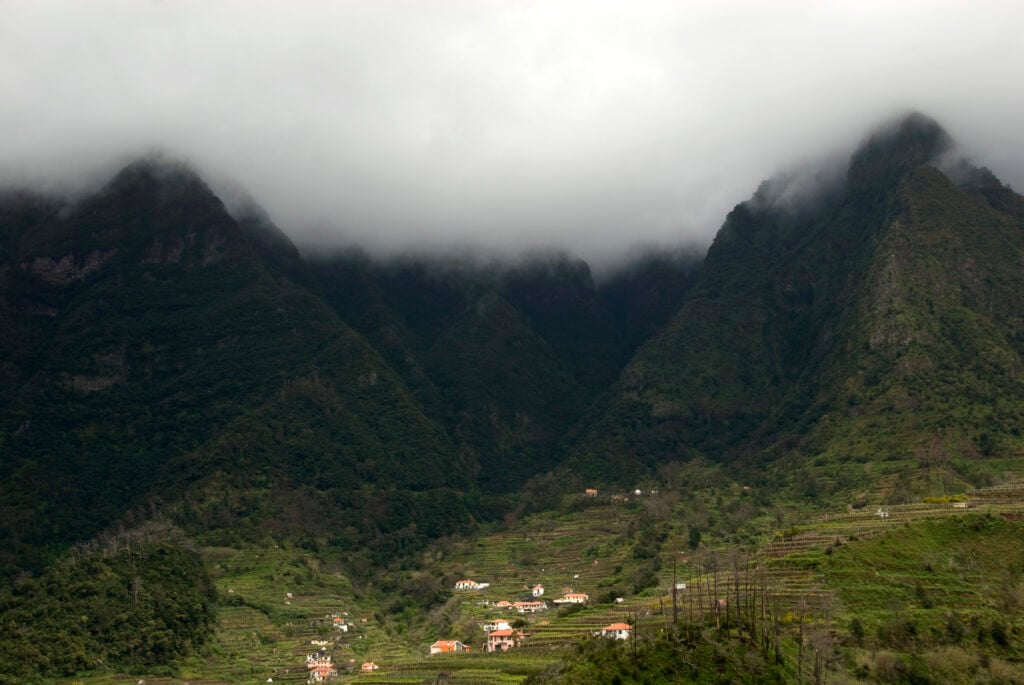
According to the legend, between the end of the 14th century and the beginning of the 15th century, there was a young man in England called Roberto Machim, a legendary knight at the court of King Edward III of England. He was in love with an English lady, Anne of Arfert (or Anne of Harfert), who reciprocated his love but, by the will of her relatives, had to marry a nobleman.
Machim and his friends devised a plan to rescue the bride before the wedding and take her by boat to France, which at the time was at war with the English in the Hundred Years’ War. The date of the escape was agreed with the young woman for the eve of her wedding day.
While fleeing far from the English coast, the lovers were surprised by a storm that blew them off course. Suffering setbacks due to the storm, and not having an experienced pilot on board to put them back on course, the couple in love drifted for days until they saw a “big green spot” in the distance. They were in front of the island that would later be called Madeira.
Despite their fear of the unknown, their desperation drove them closer and, as the lady was ill from spending so much time at sea, they landed in the cove that is now Machico Bay. They were so anxious to set foot on dry land that they disembarked without taking the necessary steps to anchor the boat.
After exploring that part of the island and quenching their thirst, they realized that a new storm was approaching. They sought refuge among the roots of a leafy tree that was there because the diameter of its trunk was such that at its base there was a cavity that could hold many people.
When the storm calmed down, they noticed that the raging sea had taken their boat. The tormented lady, whose health was already failing, died a few days later. Machim erected a huge wooden cross on the grave of his beloved, next to the leafy tree where they had found shelter. Machim was affected by an enormous melancholy and, in less than a week, he joined his beloved in death.
It is said that the remaining members of the expedition who stayed there tried to survive and engraved the brief history of the two lovers on the cross. Some of them died, while others survived until a Moorish ship came and rescued them and took them to North Africa to be sold as slaves. One of them had been rescued by the payment for the release of captives that Christians usually made to African traders. It was this survivor who told the saga of Machim to the Portuguese.
Legend also has it that when the Portuguese explorers arrived a few years later, they discovered the wooden cross and the inscription. They then built the island’s first chapel in the hollow of the tree and named the town Machico in honor of the inscription.
Legend of Saint Sylvester

Legend has it that on the last night of the year, as the Virgin Mary looked down from heaven over the ocean, Saint Sylvester came to speak to her. Our Lady told him the reason for her sadness: she remembered the beautiful Atlantis, sunk by God to punish its inhabitants.
As she spoke, Our Lady shed tears of sadness and mercy. Saint Sylvester then noticed that her tears were not tears but real pearls. One of these tears fell on the original site of the extraordinary Atlantis, giving rise to the island of Madeira, which became known as the Pearl of the Atlantic.
The ancients say that, for a long time, on the night of St. Sylvester, when the twelve chimes struck, a vision of light and fantastic colors would appear in the sky, leaving a dazzling scent in the air.
Over the years, this sight has disappeared, but people have found a way to keep it alive, through the fireworks of the famous New Year’s Eve celebrations, which enhance the celebrations of St. Sylvester’s Eve.
Legend of the Seven Cities
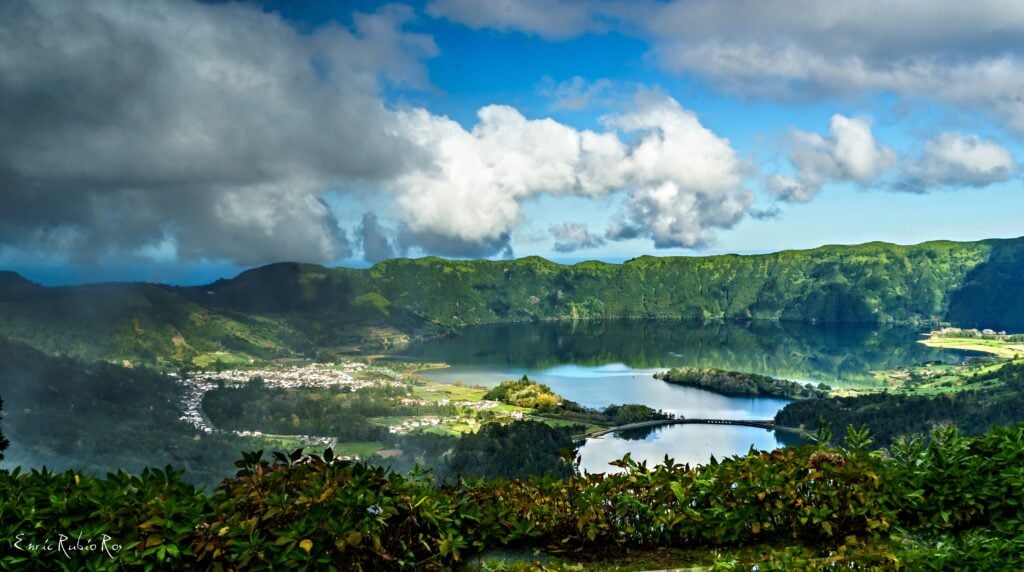
Legend has it that the Azores archipelago is what remains today of a wonderful and strange island. On this island lived a king who regretted not having any children. This pain made him bitter and cruel.
One night, a very bright star descended from the heavens and gradually materialized into a beautiful woman. She promised the king a daughter as beautiful as the sun, but she imposed a few conditions: first of all, the king had to stop being cruel and start being patient.
He would also have to build a palace, surrounded by seven cities, surrounded by bronze walls that no one could cross. The little princess would have to be kept there for thirty years, away from the king’s eyes and affection.
The king immediately accepted the challenge. However, after 28 years, he couldn’t take it anymore. Despite being warned that he would die and his kingdom would be destroyed, he went to the walls to destroy them. As soon as he started, the earth shook and the sea swallowed up the island.
At the end of it all, only the nine islands of the Azores and the princess’s palace remained, now transformed into the Lagoon of the Seven Cities. The lagoon split in two: one green, like the princess’s dress, and the other blue, the color of her shoes.
Legend of the Kingdom of Atlantis
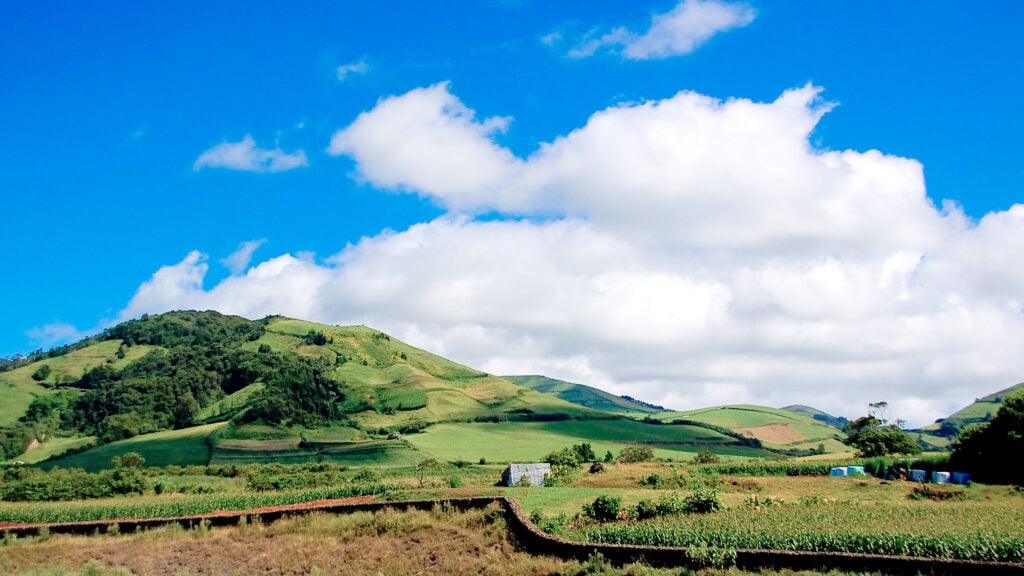
In the great civilizations of antiquity, it was said that beyond the Pillars of Hercules, today the Strait of Gibraltar and where the Atlantic now stretches, the mighty empire of the Atlantas ruled.
This empire was made up of a federation of ten kingdoms, under the protection of Poseidon, so the Atlanteans were exemplary in their behavior, not allowing themselves to be corrupted by vice and luxury.
The whole of Atlantis was a dream and a delight. The land produced precious woods; there were mines of noble metals; the exceptional climate favored flourishing agriculture; the houses and palaces showed comfort and wealth; there were excellent roads and bridges; and the economic respite provided for the emergence of wise men and artists.
Everyone was happy just to enjoy and exploit the riches of their kingdom, but they were still practicing the art of war.
So it wasn’t difficult for the Atlanteans to defend their territory from the attacks of those who, driven by envy, longed to conquer the prodigious Atlantis. They defended the land in such a way that pride blossomed and the ambition to extend the kingdom’s domains arose for the first time.
The mighty Atlantean army spread throughout the then-known world and dominated the people. Inebriated by time, they allowed themselves to be taken by pride and vanity, falling into luxury and corruption, disrespecting the gods.
Zeus called a council to punish the Atlanteans, who were now so depraved. As a result, the earth shook violently, the sky darkened as if it were night, fire licked the forests, and the sea swept over the land and swallowed up villages and cities.
Atlantis and all its prosperity disappeared forever into the immensity of the sea, but nine of the highest mountains of that beautiful land remained uncovered. Many years later, these small islands, remnants of the great continent, were populated and are today the 9 islands of the Azores which, due to their beautiful climate and landscape, are reminiscent of the prosperous Atlantis.
Last Thoughts
Portuguese legends are not just stories from the past; they are threads woven into the tapestry of national identity, shaping world views and passing on values from generation to generation. Each tale, such as the epic Battle of Ourique, not only feeds the collective imagination but also influences national symbols, such as the chevrons on the flag.
Located right in the middle of the Atlantic Ocean, with water in each direction, as far as the eye can see, it’s simply to understand why the people of Azores and Madeira have felt the need to create myths that give them a sense of belonging, a sense of being a part of something bigger than their respective islands.
Just as Tolkien believed, these legends are not just fiction; they are reflections of deep truths that resonate through the centuries. The richness of Portuguese culture lies not only in its documented history but in the narratives that dwell in the hearts of the people, continuing to inspire and enchant each generation that delves into these timeless stories.
Thus, Portuguese legends remain not only as accounts of the past but as windows to understanding the soul of a people and the essence of their rich heritage.
Make sure you explore the country through its legends in these other articles: Northern Portugal’s Folk Tales, Central Portugal’s Folk Tales, Lisbon Region’s Folk Tales, and Southern Portugal’s Folk Tales.
Northern Portugal’s Folk Tales, Central Portugal’s Folk Tales, Southern Portugal’s Folk Tales, and Lisbon’s Region Folk Tales.

